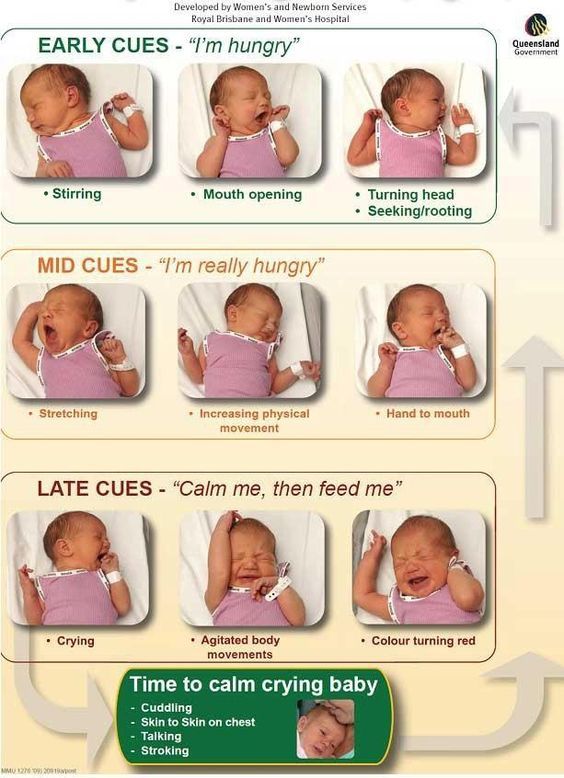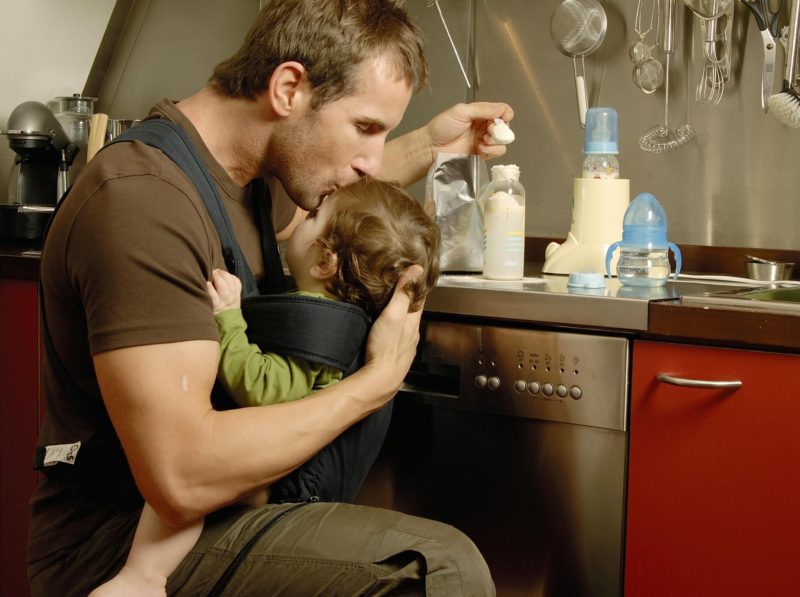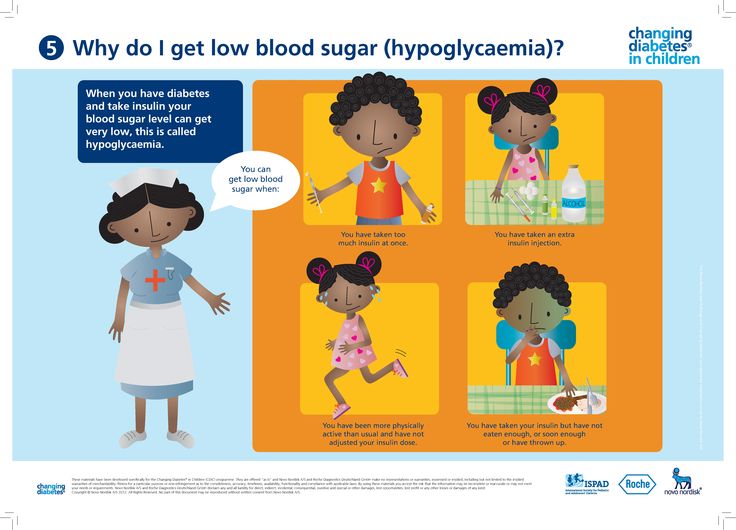How many naps at 3 months
3-Month-Old Sleep Schedule: Samples, Tips, and More
As precious and adorable as newborns are, everyone can agree that they keep some unusual hours!
Especially in the early days, every parent or caregiver knows how exhausting it can be as babies may sleep often — but for very short periods and not always when you’re desperate for them to do so.
And don’t get us started on the advice of “nap when they nap”.
But as babies progress, a sort of schedule can emerge naturally, or it can be encouraged with a little planning. If you’re wondering what a 3-month-old’s sleep schedule looks like, we’re breaking down everything you need to know to help create a little order among the newborn chaos.
Most 3-month-old infants should be getting a total of 14 to 17 hours of sleep in 24 hours. So, that means your little one should only be awake for 7 to 10 hours per 24-hour cycle.
Of course, your 3-month-old isn’t going to be awake for a full 8 hours at a time. During this stage, it’s not unusual for little ones to wake for a few hours and then sleep for a few hours, around the clock.
However, around 3 months, some babies will start to get on board with the whole days/nights thing and begin to sleep through the night for as many as 6 to 8 hours at a time — a welcome change for sleep-deprived parents.
Keep in mind that all babies are different, and each one reaches sleep milestones at their own pace. So, while one child might magically begin to sleep longer stretches at night, other babies (and their parents) might still be waking every few hours through the night.
Most medical experts don’t recommend trying to force a baby into a sleep schedule at this age. Usually, they’ll recommend waiting until your baby is 4 or 5 months old before you begin sleep training.
That said, there are things you can do now to lay the framework for a sleep schedule as your baby gets older.
One of the most important things you can do is to create a consistent routine as much as possible. This means you should wake your baby up and put them to bed at the same times every day.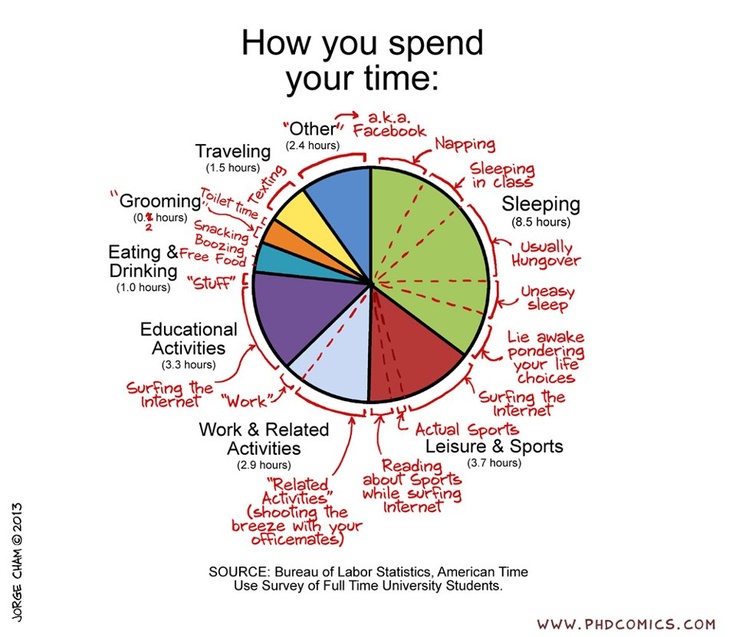
Babies crave routines, and by maintaining a standard time, you’ll help naturally adjust your baby’s internal clock to that schedule as they get older.
Also, make sure that your baby’s sleeping space is quiet, dark, cool, and calming. Likewise, put your baby to bed when they’re drowsy rather than waiting until they’re completely asleep to put them down.
There’s no one sleep schedule that all parents must follow. Keep in mind that every baby is different and while some children may nap like champs, others may not. Likewise, at 3 months, most experts warn against attempting to force a sleep schedule.
However, in general, with a 3-month-old baby with a goal of 14 to 17 hours of sleep per day, that often breaks down to 3 to 5 daytime naps that can last between 30 minutes and 2 hours.
And of course, the remaining sleep occurs at night, with some lucky parents experiencing hours long stretches of uninterrupted time as their little ones snooze. If that’s not you just yet, hang in there.
Below are two examples of a sleep schedule for a 3-month-old baby. Remember that babies aren’t robots! While some babies may consistently take predictable naps, not every baby will follow that routine.
Likewise, feeding on demand is preferable to rigidly scheduled feedings, so you’ll need to adjust your expectations to ensure that your baby is getting as much nourishment as they need depending on how their feedings go.
Sample sleep schedule with longer napsThis schedule is ideal for babies that tend to nap for consistently longer periods. Specifically, if you have a baby that sleeps roughly 60 to 90 minutes at a time.
- 7:30 a.m.: Baby wakes up for the day and has first feeding
- 9 a.m.: First nap of the day
- 10 a.m.: Baby wakes up and is fed
- 11:30 a.m.: Second nap of the day
- 12:30 p.m.: Baby wakes up and is fed
- 2 p.
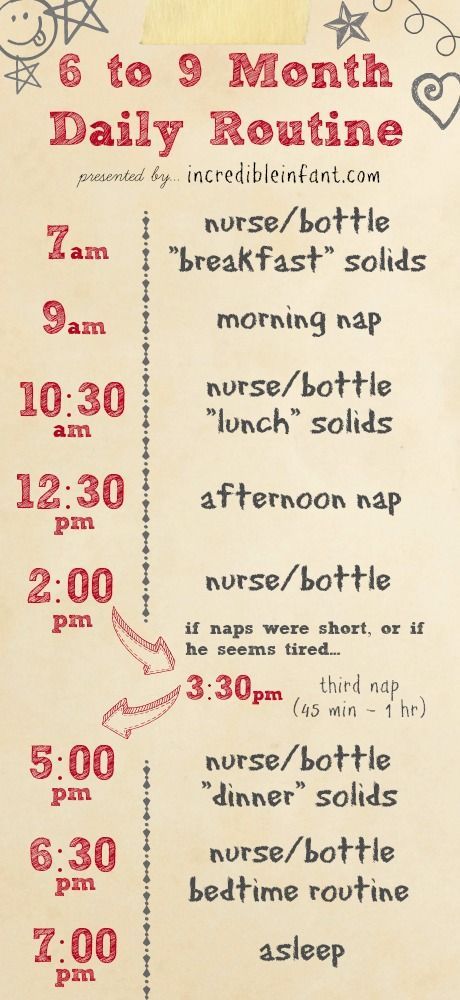 m.: Third nap of the day
m.: Third nap of the day - 3:30 p.m.: Baby wakes up and is fed
- 5 p.m.: Fourth nap of the day
- 6 p.m.: Baby wakes up and is fed
- 7 p.m.: Start bedtime routine
- 7:30 p.m.: Bedtime (two to three feedings overnight)
If your little one tends to sleep for less than an hour during nap time, this might be a schedule to consider. Note that total nap times can vary from as short as 30 minutes to as much as 1 hour.
- 7 a.m.: Baby wakes up for the day and has first feeding
- 8 a.m.: First nap of the day
- 8:45 a.m.: Baby wakes and is fed
- 10:15 a.m.: Second nap of the day
- 11 a.m.: Baby wakes and is fed
- 12:30 p.m.: Third nap of the day
- 1 a.
 m.: Baby wakes and is fed
m.: Baby wakes and is fed - 2 p.m.: Fourth nap of the day
- 3 p.m.: Baby wakes and is fed
- 5 p.m.: Fifth nap of the day
- 5:30 p.m.: Baby wakes and is fed
- 7 p.m.: Start bedtime routine
- 7:30 p.m.: Bedtime (two to three overnight feedings)
Of course, every tired parent yearns for the day that their baby sleeps through the night.
While there’s no magical way to make it happen overnight, there are things that you can do that will affect how easily your baby falls asleep and whether they successfully sleep without waking until the morning.
Specifically, infant sleep experts note that consistency, sleeping environments, your interactions with your baby if they wake during the night, and nighttime feeding schedules can have a direct impact on how successfully you’re able to transition your baby into consistently sleeping through the night.
Consistency
First, consider your bedtime routine. Babies crave consistency, and having a bedtime routine can help your baby recognize that it’s time for little eyes to close.
Whether it’s a bath followed by a bedtime story or lullaby and a quiet cuddle before bed, maintaining a routine helps children understand that when certain activities occur, bedtime will quickly follow.
Sleeping environment
Likewise, consider your baby’s sleeping environment. Just as with adults, the wrong environment can make it hard for little ones to not only fall asleep but stay asleep.
- Remove any distractions, like televisions or other screens.
- Keep lights dimmed and noise quiet.
- Dress them comfortably for sleep.
- Keep the room cool.
- Make sure that they’re fed and freshly diapered.
- Always place your baby in a safe sleeping space, on their back.
Overnight interactions
Think about how you interact with your baby if they wake up during the night.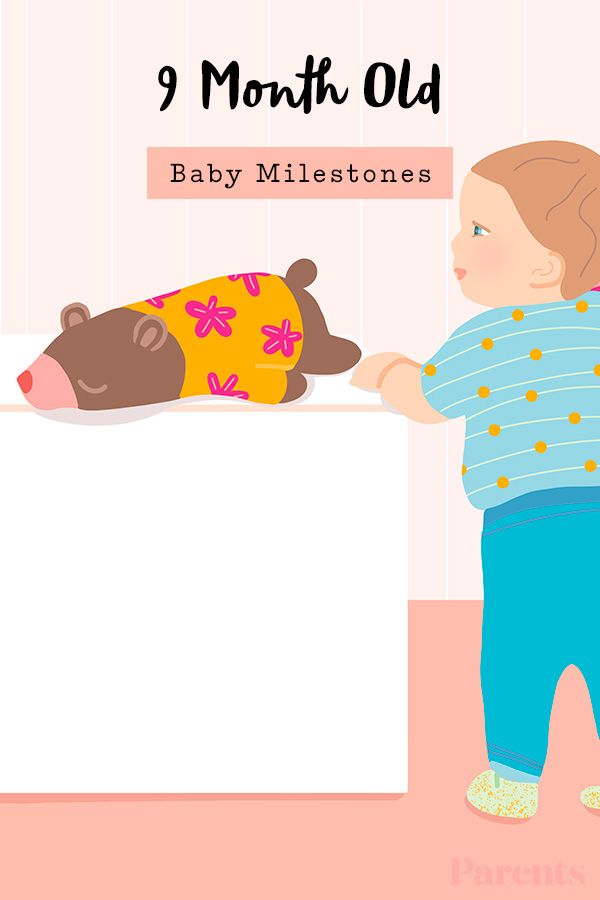
It’s not uncommon for babies to wake up briefly and fuss or squirm before falling back to sleep. If your first instinct is to rush in and tend to them, take a moment to pause because your nurturing instincts may backfire.
Just as with adults, a baby’s sleep cycles through the night. There are times when they’re in a light sleep stage or temporarily awake where they may fuss a bit or move around.
Often, your baby can fall back to a deeper sleep on their own. But seeing you can wake them up, and make it harder to get them back to sleep.
If they do wake completely and need you for a feeding or a diaper change, keep interactions to a minimum.
Avoid playing, turning on lights, or doing anything that would signal it’s time to wake up and be active. Keep the lights low, change their diaper or feed them, and then return them to their sleeping area.
Feeding schedules
Finally, your feeding schedules can also impact whether your child might wake up overnight.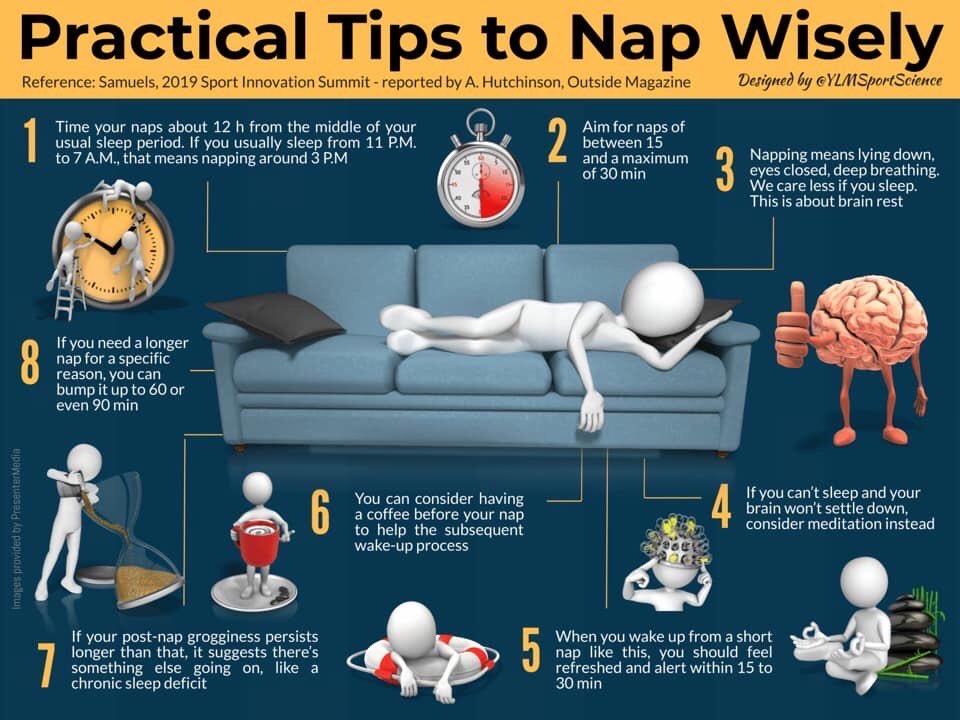 If their last feed before their bedtime is at 7 or 8 p.m., and they wake 6 hours later between 2 and 3 a.m., consider changing things up to give you a more solid block of sleep.
If their last feed before their bedtime is at 7 or 8 p.m., and they wake 6 hours later between 2 and 3 a.m., consider changing things up to give you a more solid block of sleep.
You can opt to wake your child at 11 p.m. for a final feeding before you go to bed instead of waiting for them to wake. With consistency, this can adjust their schedule so that you’ll both be able to sleep better overnight.
Even if you’re able to get your baby on a sleep schedule, some scenarios can arise that may cause changes to their sleep.
It’s not uncommon to experience sleep regression during key moments in a baby’s development such as at 4, 8, 10, and 12 months. Common causes include gaining important gross motor skills like learning to roll over, crawl, or walk, as well as mastering additional language skills.
Additionally, a sick child or life changes can also disrupt regular sleeping patterns. Things like a move, a parent returning to work, or other factors can temporarily affect sleep.
At 3 months into this parenting gig, as much as you may be sleep-deprived and yearning for your little one to sleep on a dependable schedule, it’s not guaranteed that it will happen.
At this stage, try to focus primarily on creating and encouraging a routine whenever possible so that as your child gets older they’re already equipped with good sleep habits.
At the same time, do what you can to ensure that you’re getting the best sleep you can so that you can enjoy spending your waking hours with your growing little one.
3 Month Old Sleep Schedule
Babies at three months start to become so much more active during the day, making this such a fun age for interaction. Let me share some of the common questions I get about three month olds and a sample three month old sleep and feeding schedule.
What are wake windows for a 3 month old?#
The typical wake window for a three month old ranges from 75 to 110 minutes. At 12 weeks, some babies may not be ready for the full 110 minutes.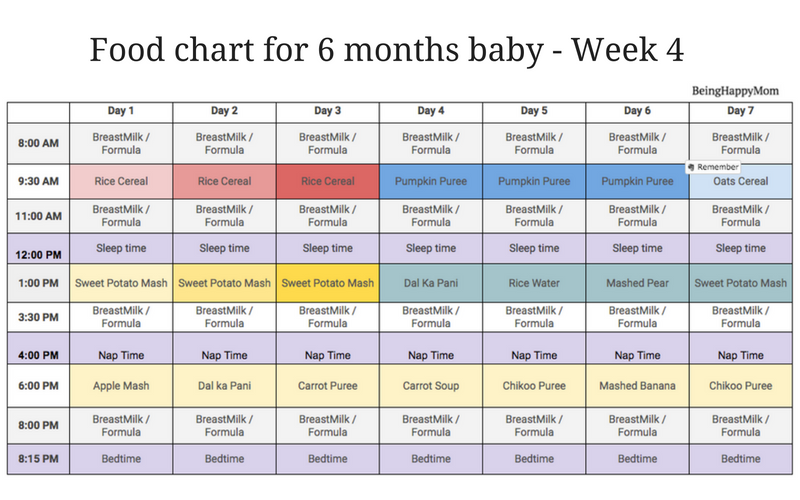 On the other hand, by 16 weeks, 75 minutes may be a little too short first thing in the morning. Also, keep in mind that wake windows are typically shorter in the morning and longer before bedtime.
On the other hand, by 16 weeks, 75 minutes may be a little too short first thing in the morning. Also, keep in mind that wake windows are typically shorter in the morning and longer before bedtime.
Sleepy cues continue to be an important way to tell if your three-month-old is ready for a nap, so be sure to keep watching for your little one to give you those cues.
What is a sample schedule for a 3 month old?#
An example sleep and feeding schedule could look like this:
Please know: This sample sleep schedule for your three month old is not intended for you to follow rigidly. Instead, watch your baby’s unique cues when it comes to her sleep and feeding needs. (Some babies at this age need more frequent feedings especially in the afternoon and evening. Navigating Months 3 & 4 has so many more examples of how this could play out.)
What are developmental milestones for a 3 month old?#
Milestones are exciting developments to watch for as a parent. It’s so magical to experience your baby’s first smile or to hear their first laugh.
It’s so magical to experience your baby’s first smile or to hear their first laugh.
At three months old, your baby may start to:
Open and close her hands on purpose
Show continued improvement in his vision
Begin rolling from belly to back during tummy time
Bear weight on her legs when you hold her upright
Swipe at objects with his hands
Make babbling noises
Smile in response to your voice or social interactions
Remember milestones are based on ranges, so you may not see all of these this month. It’s so important to continue to meet your baby right where he’s at developmentally. I know you may hear from other moms about what their baby can do at three months, but every baby is unique. Some babies hit the milestones early, and some babies will hit them later. Just because your best friend’s three month old started sleeping longer stretches at night doesn’t mean your sweet baby is ready yet.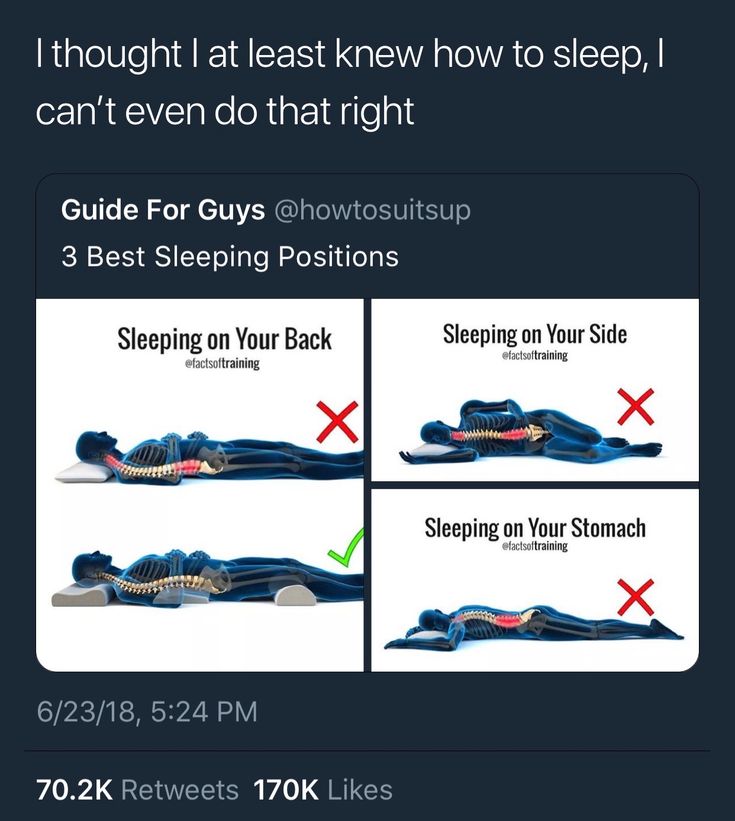 But he can get there eventually!
But he can get there eventually!
If you have any concerns about your baby hitting his milestones, make sure to speak with your pediatrician.
What activities can I do with my 3 month old? #
The best activities for a three month old are the ones that allow them to explore the world around them! Spend time on the floor, read books, sing songs, and have lots of tummy time with your baby. These are all wonderful activities that allow your baby to get that special time with you.
If your baby is happily playing during tummy time, it is okay to sit back and watch her explore independently (you might even get to drink your coffee or read a book). Independent play is a great skill to develop and encourage. I have some great toys for a three month old in my Amazon store that can help build these independent play skills.
How long can a 3 month old nap?#
For three month olds, it's common for some naps to be short and inconsistent.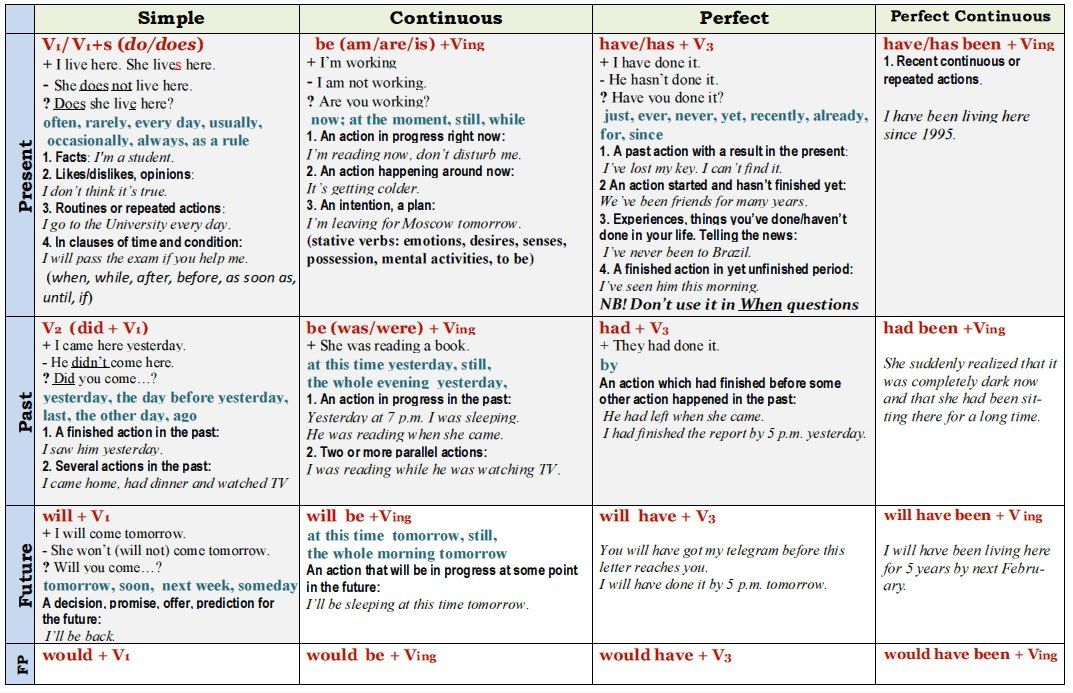 For example, your baby may take a 2 hour nap in the morning but, later in the day, take shorter naps lasting only 20-40 minutes. Just keep in mind that we don't want to let any single nap go longer than 2 hours. Why? This ensures that your baby has enough awake time during the day to meet those developmental milestones and to get their daytime calories. Prioritizing daytime calories helps you work towards longer stretches of sleep at night.
For example, your baby may take a 2 hour nap in the morning but, later in the day, take shorter naps lasting only 20-40 minutes. Just keep in mind that we don't want to let any single nap go longer than 2 hours. Why? This ensures that your baby has enough awake time during the day to meet those developmental milestones and to get their daytime calories. Prioritizing daytime calories helps you work towards longer stretches of sleep at night.
How many naps should a 3 month old take?#
This really depends on the length of your baby’s naps. Most babies around 3-4 months will take about 4-5 naps per day, and that will likely vary from day to day as well.
How much should a 3 month old sleep?#
Most babies at three months old do best with no more than 5 hours of total daytime sleep and 10-12 hours of night sleep.
We want to remember:
We aren’t going to let any one nap go longer than 2 hours.
You’ll want to aim for wake windows around 75-110 minutes.
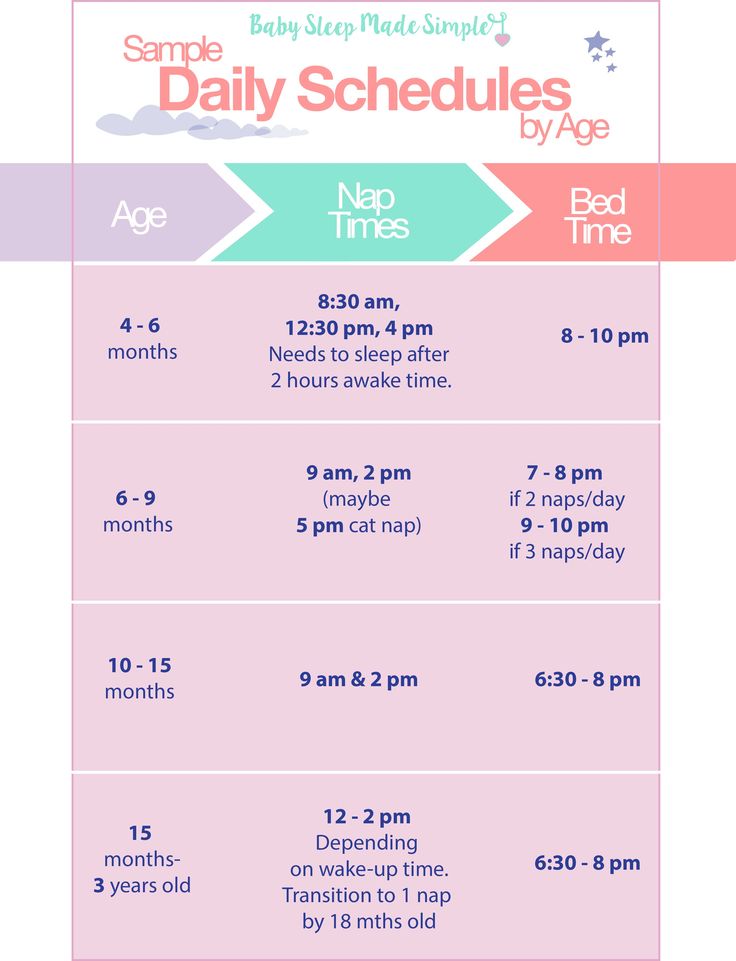
I don’t recommend letting your baby’s night last any longer than 12-12.5 hours.
When is bedtime for a 3 month old?#
There’s no universal answer to this question. However, most babies do best with a bedtime between 7:00-8:00 pm starting sometime around three months old. Others do best with an 8:00- 10:00 pm bedtime until closer to five months. Some signs that your baby needs that 7-8pm bedtime include fighting sleep, fussy evenings, more night wakings, or early morning wakings. If you’re experiencing any of these problems, aim for bedtime prior to 8:00 pm. However, if a later bedtime is working for you or you find that moving bedtime earlier results in false start bedtimes, feel free to keep that later bedtime a bit longer.
When should the last nap be for a 3 month old?#
If we’re aiming for a bedtime no later than 8:00 pm, we want the last nap to end by 6:10 pm. That would give a 110-minute wake window before bed.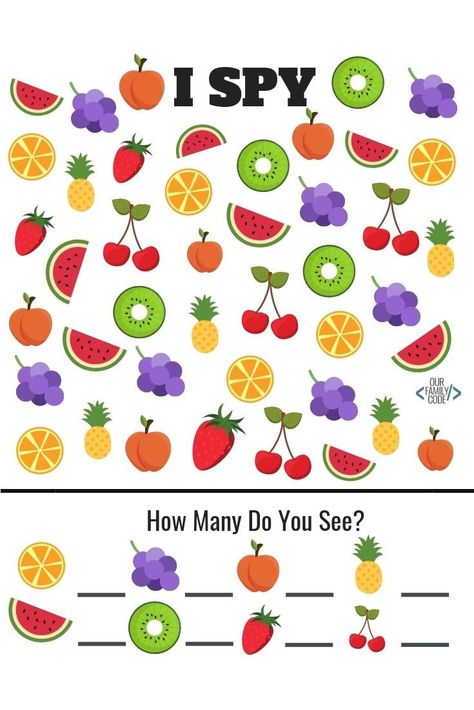
Remember that each baby is unique. For some babies, 110 minutes before bedtime is going to be perfect. Other three month olds may need a wake window that’s a bit shorter, so watch those sleepy cues!
Is there a 3 month old sleep regression?#
When babies experience a progression in development, we do sometimes see a brief regression in other areas, such as sleep. You’ve probably heard of the four month sleep regression, and this can sometimes start as early as three months.
In the case of the four month sleep regression, babies are experiencing a big change in their sleep patterns. These big changes can sometimes make sleep tricky. What worked before may be different now, but Navigating Months 3 & 4 can help.
What do I do if my 3 month old needs the pacifier to sleep?#
Pacifiers can be a great tool to help babies sleep, but they can become tricky as babies get older. If you find yourself replacing the pacifier all night long, I know it's exhausting. Check out my blog all about pacifiers which will show you one way to gently help your baby become less dependent on the pacifier for falling asleep. Want more? Navigating Months 3 & 4 will teach you additional strategies for helping your baby to fall back to sleep without the pacifier.
Check out my blog all about pacifiers which will show you one way to gently help your baby become less dependent on the pacifier for falling asleep. Want more? Navigating Months 3 & 4 will teach you additional strategies for helping your baby to fall back to sleep without the pacifier.
Should I swaddle my 3 month old? #
This depends on your baby’s skills. The American Academy of Pediatrics says a baby is safe to stay swaddled for sleep until they show signs of rolling.
If your baby is showing signs they’re ready to roll, it is time to transition out of the swaddle.
Can a 3 month old sleep on their stomach? #
For the first 12 months, we’re always going to lay a baby on their back to go to sleep. If your baby can roll independently from their back to their belly, most pediatricians say that tummy sleep is considered safe. Speak with your pediatrician if you have any questions or concerns. Please keep in mind that swaddling is never safe for tummy sleep.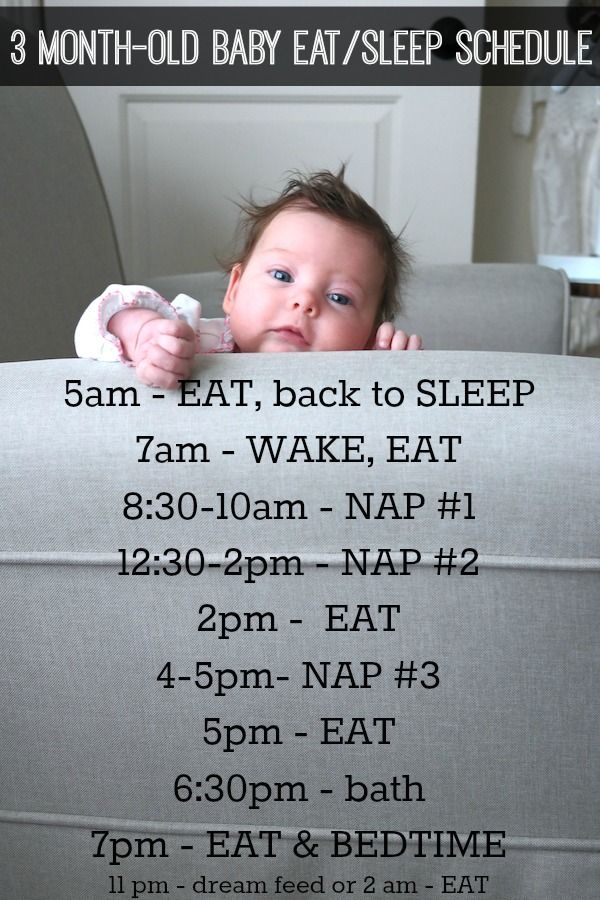
What is a bedtime routine for a 3 month old?#
If you haven’t started a bedtime routine yet, now is a great time to begin! In my experience, babies at three months can often recognize the steps leading to bedtime, which can make a big difference in preparing their little bodies for sleep.
Bedtime routines don’t need to be complicated. A bedtime routine for a three month old might look like lotion, pajamas, feeding, books, swaddle or sleep sack, and then bed. As always when it comes to routines, use what works best for you and your family.
How do I sleep train my 3 month old? #
Let’s talk about sleep training at three months old. At this age, formal sleep training isn’t developmentally appropriate. Three month olds are still going through big developmental brain changes and moving from newborn sleep cycles to more adult-like sleep cycles. I find that when families try to sleep train before 5 months, they often see more tears and far less long-term success.
Instead, we want to continue to lay a healthy sleep foundation for your baby and work towards helping her fall asleep independently. We know that babies who can fall asleep independently are more likely to be able to put themselves back to sleep, which leads to longer stretches at night. In Navigating Months 3 & 4, I will walk you through all the steps to gently help your baby fall asleep more independently.
When do babies start sleeping through the night? #
Every baby is different, and there’s no magical age for this. For most babies at three months, it’s okay to let them sleep as long as they want without a feeding as long as you are responsive to hunger cues during the day. However, some babies will still wake for feedings during the night, and that’s perfectly normal. If your pediatrician wants you to offer a night feeding for weight gain or any other concern, please follow their instructions.
Please know that Navigating Months 3 & 4 will teach you how to reduce those night feedings and work slowly and gently towards longer stretches of sleep.
Still have a two month old? Read my two month old sleep and feeding schedule.
Children's Clinical Medical Center of Chita
Sadly, pediatricians are increasingly stating the fact that modern children do not get enough sleep. And the lack of sleep in a child is much more dangerous than the lack of sleep in an adult. Children who sleep significantly less than normal grow more slowly and develop worse than their peers. This is easily explained.
First, growth hormones are produced during sleep.
Secondly, a good sound sleep contributes to a better memorization of previously received information.
Thirdly, general weakness due to lack of sleep makes it difficult to fully assimilate information.
In addition, the immune system is weakened in children with little sleep and the likelihood of developing diseases of the cardiovascular system increases. Sleep-deprived children become nervous, absent-minded, fussy. This applies to all children, regardless of their age: Babies and teenagers alike should sleep well.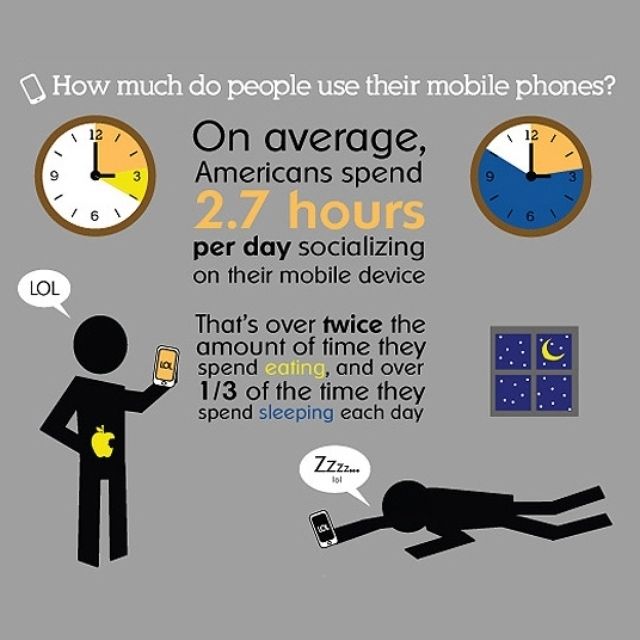
Parents are obligated to provide their child with adequate and healthy sleep.
For children, as for adults, the normal amount of sleep is individual. Some kids sleep more, some less. The figures given by doctors are an average. In general, they should strive for. These figures reflect the total amount of sleep per day, that is, taking into account both night sleep and daytime sleep.
- Newborn baby sleeps an average of 18-22 hours a day.
- Baby from 1 to 3 months old sleeps 18-20 hours.
- A 3-4 month old baby can sleep 17-18 hours.
- A 5-6 month old baby must sleep at least 16 hours.
- Baby 7 to 12 months old sleeps 14 to 16 hours a day.
- A child from 1 to 1.5 years old must sleep at least 10-11 hours at night and 3-4 hours during the day. In general, at least 14 hours a day.
- A child from one and a half to 2 years old must sleep at least 10-11 hours at night and 2-3 hours during the day.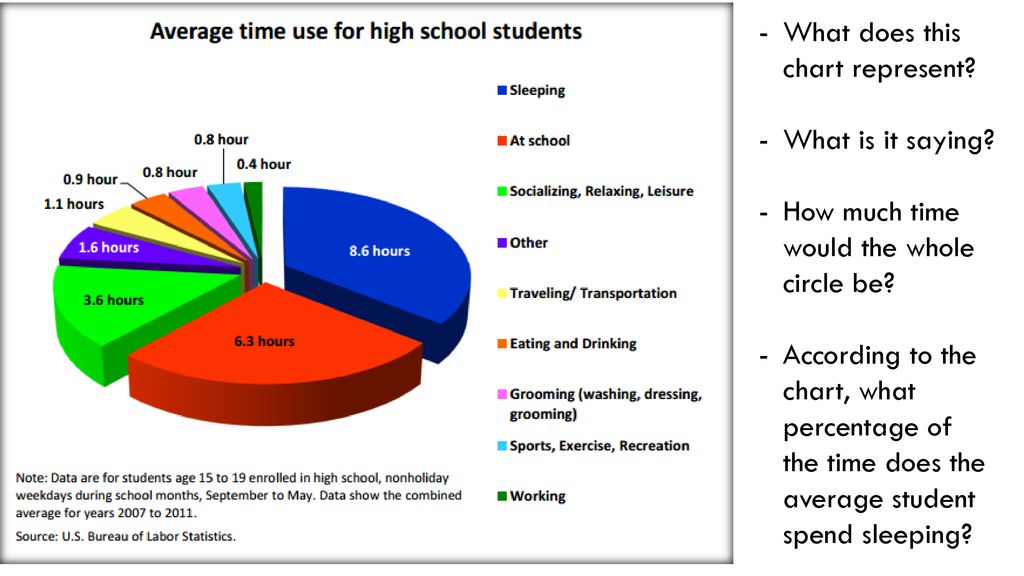 In general, at least 13 hours a day.
In general, at least 13 hours a day.
- Child 2 to 3 years old must sleep at least 10-11 hours at night and 2-2.5 hours during the day. In general, at least 12.5 hours a day.
- Children 3-4 years old should sleep at least 10 hours at night and 2 hours during the day. In general, at least 12 hours a day.
- Children 5 to 7 years of age should sleep at least 9-10 hours at night and 1.5-2 hours during the day. In general, at least 10.5-11 hours a day.
- Pupils of elementary school may not sleep during the day. At night, they should sleep at least 9 hours, preferably 10 hours.
- Adolescent needs at least 9 hours of sleep per night.
- high school students should sleep an average of 8 hours per night.
In order for the child to get enough sleep, it is necessary to follow the regimen and put him to bed at the same time. This is especially true for night sleep. Make it a rule to put the child to bed, for example, at 21 o'clock. And never deviate from this rule. Let there be guests in the house, let the child become interested in the game, let the parents have things to do - everything should be postponed for the sake of the child's sleep. If he gets used to going to bed at the same time, nothing will prevent him from relaxing in time and wanting to sleep. No game will seem more attractive to him than a fresh warm bed and a cozy pillow.
Make it a rule to put the child to bed, for example, at 21 o'clock. And never deviate from this rule. Let there be guests in the house, let the child become interested in the game, let the parents have things to do - everything should be postponed for the sake of the child's sleep. If he gets used to going to bed at the same time, nothing will prevent him from relaxing in time and wanting to sleep. No game will seem more attractive to him than a fresh warm bed and a cozy pillow.
2. Preparation for sleep, relaxation, rituals.
In order for the child to fall asleep easily and quickly, already an hour or two before bedtime, he must be in a calm atmosphere. Noisy games, difficult puzzles, intellectual tasks, homework preparation, computer games, watching noisy long movies and cartoons, listening to loud music, etc. - all this should end an hour or two before going to bed. The kid at this time can calmly play with toys or listen to a fairy tale read by his mother. An older child can read by himself, chat with his parents, watch a calm movie.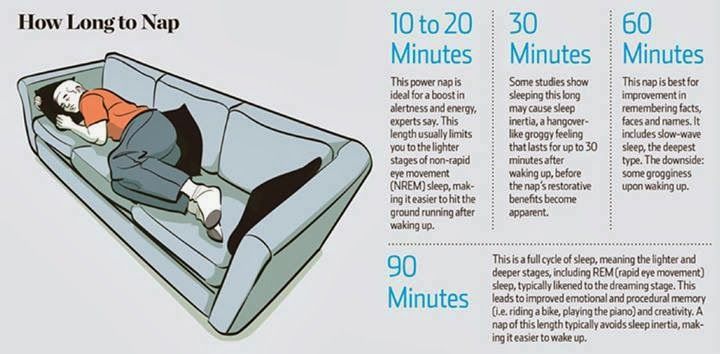 Yes, and not so much time will be left for quiet leisure, because direct preparation for sleep will require a lot of time. It is necessary to take a shower, brush your teeth, straighten the bed, change into pajamas, drink some water, etc. The same actions performed day after day before going to bed become a kind of ritual, the performance of which also helps the child tune in to sleep. And this, in turn, contributes to faster and deeper falling asleep and, as a result, better rest. If, for example, a few sips of water before bedtime suddenly become a habit, do not try to wean your child from it. Let this be your ritual helper. If a child is used to parents reading a fairy tale to him, then he needs to read, regardless of employment.
Yes, and not so much time will be left for quiet leisure, because direct preparation for sleep will require a lot of time. It is necessary to take a shower, brush your teeth, straighten the bed, change into pajamas, drink some water, etc. The same actions performed day after day before going to bed become a kind of ritual, the performance of which also helps the child tune in to sleep. And this, in turn, contributes to faster and deeper falling asleep and, as a result, better rest. If, for example, a few sips of water before bedtime suddenly become a habit, do not try to wean your child from it. Let this be your ritual helper. If a child is used to parents reading a fairy tale to him, then he needs to read, regardless of employment.
3. Lightness in the stomach.
The last meal should be 2 hours before bedtime (this does not apply to infants and children who are breastfed). Shortly before bedtime, a child can drink a cup of tea with 1-2 cookies or a glass of kefir, but not with a high-calorie sandwich.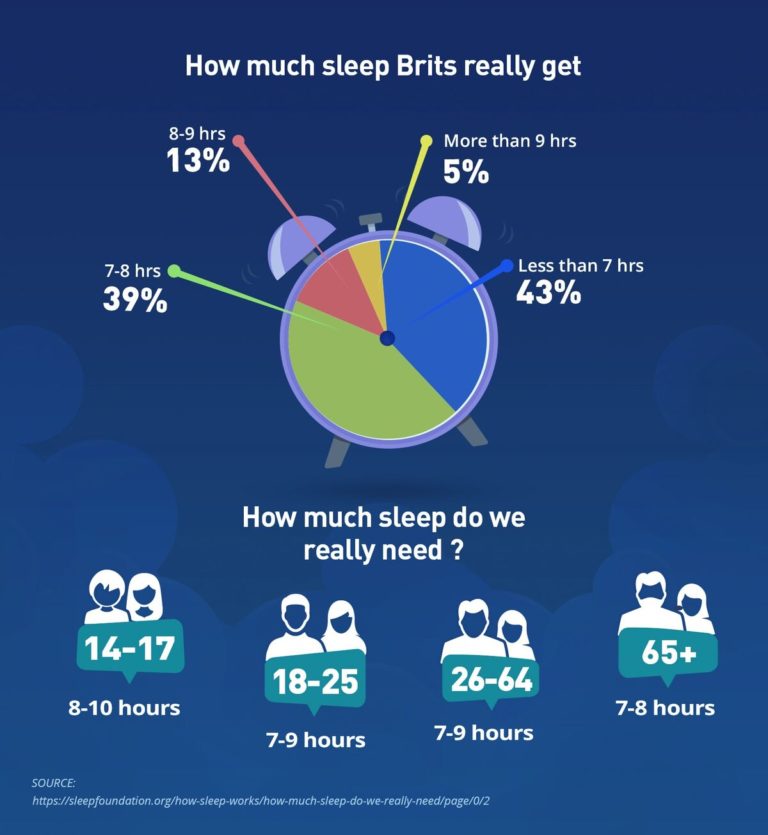 Firstly, with ease in the body falls asleep more soundly. Secondly, dense high-calorie snacks before bedtime are bad for the stomach.
Firstly, with ease in the body falls asleep more soundly. Secondly, dense high-calorie snacks before bedtime are bad for the stomach.
4. Comfortable atmosphere in the room.
The room must be well ventilated before putting the child to bed. If the room is dry, after airing it is worth turning on the humidifier and bringing the humidity level to an acceptable level. When the child goes to bed, you need to turn off the light, you can leave a dim nightlight if the baby asks for it. In no case should children be put to bed with the TV turned on or a flickering computer monitor. However, it is impossible to turn on the TV, the overhead light and the sound of the computer speakers even after the child falls asleep. Light noises and light may not wake him up, but they will make the child's sleep superficial, because of this, the body will not get proper rest. If this happens consistently, the child will show signs of sleep deprivation. That is, he seems to be sleeping as much as necessary, but still does not get enough sleep.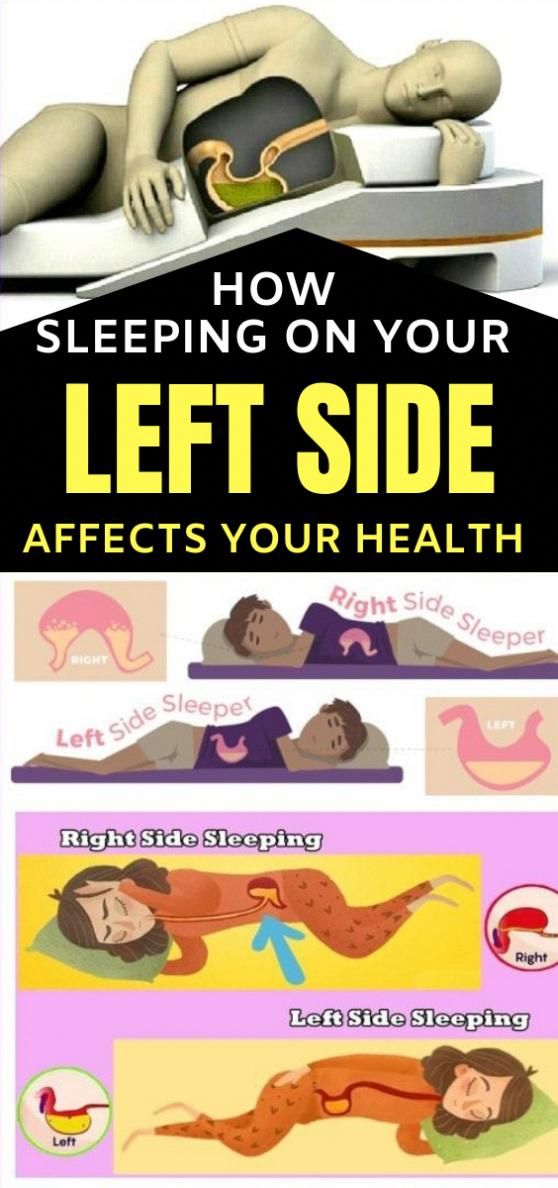 The reason is the lack of conditions. The room where the child sleeps should be fresh, dark and quiet.
The reason is the lack of conditions. The room where the child sleeps should be fresh, dark and quiet.
Sleep is very important for a child's normal growth and brain development, and regular lack of sleep can lead to serious illnesses. Create the conditions for your baby to fall asleep and carefully make sure that nothing interferes with his full sleep.
, sleep and wakefulness
28.10.2019
To 3 months, the newborn sleep structure begins to change: the duration of each dream phase is increased: fast, deep and drama. As the baby's nervous system gradually matures, the volume of one feeding increases, babies already wake up less often at night and fall asleep faster between sleep cycles. At the same time, an infant of this age still has the same great need for sleep. It is important that the child gets enough sleep - about 15 hours a day.
How many daytime naps
While you are still seeing your baby swim.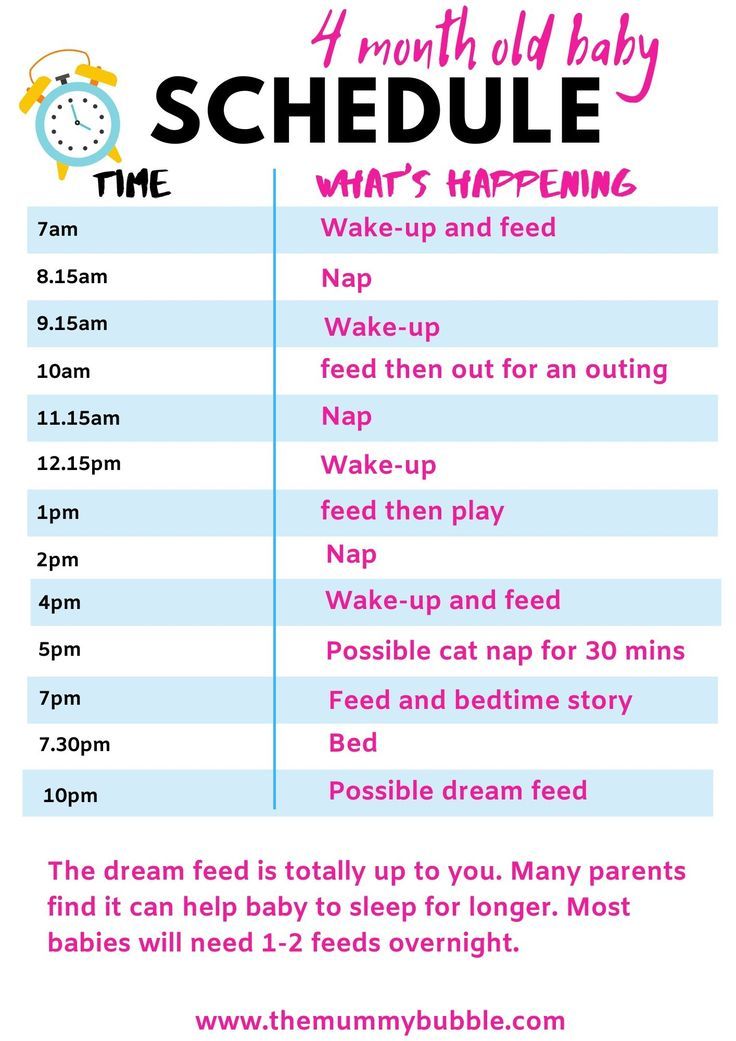 By 3 months, daytime naps will occur 3 to 5 times for a total of 4-5 hours. At the same time, the duration of dreams can be different - normally, both short dreams of 30-40 minutes, and longer ones.
By 3 months, daytime naps will occur 3 to 5 times for a total of 4-5 hours. At the same time, the duration of dreams can be different - normally, both short dreams of 30-40 minutes, and longer ones.
To know when to put your baby to bed, watch for signs of tiredness. If you can’t see them, you should focus on the recommended wakefulness of the baby at three months. It may vary between, but as long as it is not more than 1.5 hours.
As a rule, you will notice the shortest wakefulness before the first daytime sleep.
Don't let your child stay awake for too long between naps and don't skip a day's rest. Otherwise, the baby will overwork and will often wake up at night.
It is correct to have one permanent place to sleep - a crib at home. If the baby sleeps outside while walking, stop the stroller so that he sleeps statically. Sleep in motion is not restorative. If possible, organize only the last daytime sleep of the child in the fresh air, the rest at home.
What if a three-month-old baby refuses to sleep in a crib?
Create the right sleeping conditions in the room where he will sleep. Hang heavy blackout curtains, use white noise, make sure the room is no more than 25 degrees in summer and no more than 23 degrees in winter.
It is also important that the crib contains nothing but a firm mattress with a sheet pulled over it.
Perform a ritual before bed. These are daily recurring activities that help set the baby up for rest. It may include feeding, washing/bathing the baby, lullaby, changing into bed clothes. It is enough to devote 10 minutes to the ritual during the day and 20-30 minutes in the evening.
Before the ritual, dim the lights in advance and during this period, be sure to switch to calm wakefulness - it is better to postpone active games for a while after sleep.
Sleep habits are another reason why the baby does not sleep in the crib.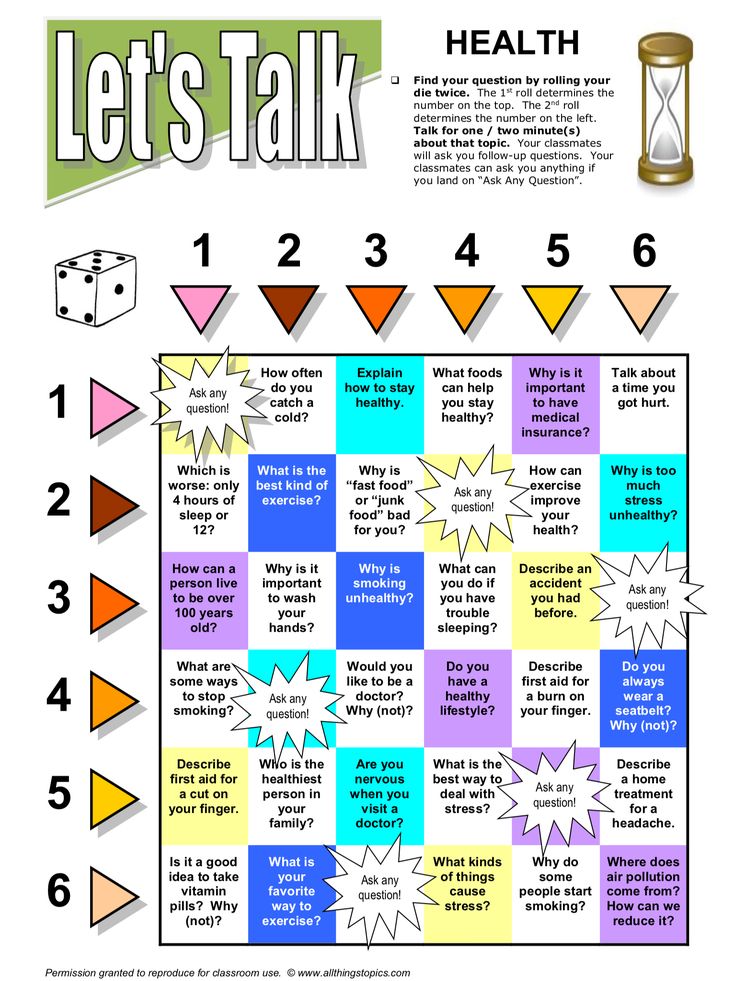 If you haven't alternated how you put your baby to bed before three months, he might get used to one method of falling asleep. So children have an association for sleep: sleep in their arms, while feeding, motion sickness, with a pacifier, in a stroller in motion. At night, he may wake up and require your help.
If you haven't alternated how you put your baby to bed before three months, he might get used to one method of falling asleep. So children have an association for sleep: sleep in their arms, while feeding, motion sickness, with a pacifier, in a stroller in motion. At night, he may wake up and require your help.
How to avoid such addiction?
Children's sleep consultants advise letting the baby fall asleep on his own: perform a ritual, put the baby in the crib and give him 5-10 minutes to fall asleep on his own. But at the same time, you should not insist too much. If the child does not succeed, lay him down in the usual way. Try this new way of falling asleep in the first half of the day, when the baby is not very tired.
Night sleep
By three months, the child can already sleep at night for up to 6-8 hours without awakening. In this case, the total duration of sleep should be approximately 10 hours. Some babies need more hours of sleep at night.
